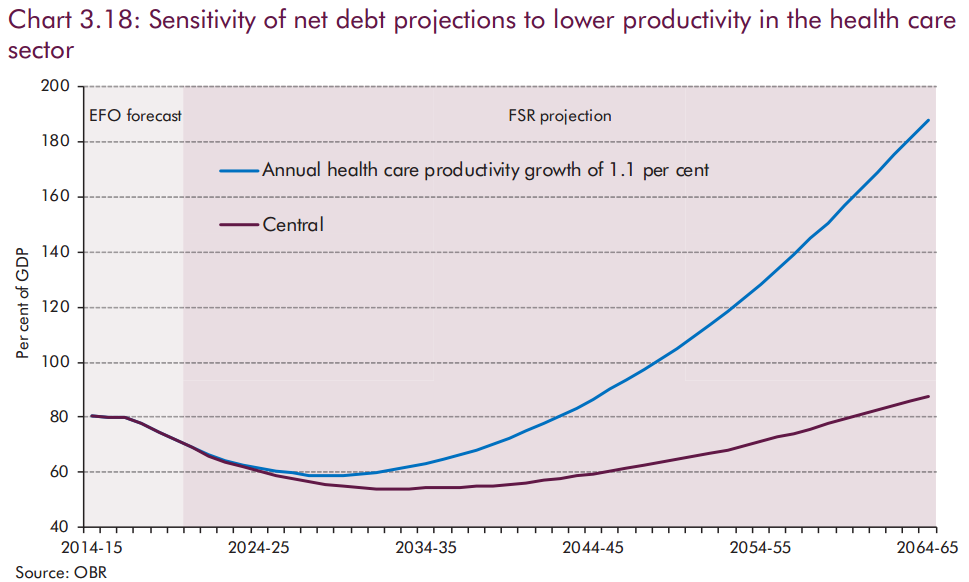By: Helen Creighton
Innovation and technological advance offer enormous opportunities in an ageing society. It is crucial that we seize them – OBR forecasts show that without significant improvements to productivity growth healthcare spending as a percentage of GDP could more than double by 2064.
Last week the International Longevity Centre UK published Opportunity Knocks: Designing Solutions for an Ageing Society. As a collaboration between the ILC-UK, the Institution of Engineering and Technology and the University of Cambridge’s Engineering Design Centre, the report highlighted the vital role of good design and technology in tackling the issues of an ageing society.
The report investigated the ways in which innovative applications of new technologies could improve the lives older people. We explored the benefits of good design across a range of spheres, from transport and leisure to money management and independent living. However, arguably the most important aspect of the report was its focus on healthcare technologies.
In its latest fiscal sustainability report the Office for Budget Responsibility (OBR) projects that population ageing will result in health spending rising from 6.2% of GDP in 2018-19 to 8.0% of GDP by 2063-64. These forecasts are based on the assumption that productivity in the healthcare sector increases at a rate of 2.2% per annum. Yet such an increase in productivity is not guaranteed. Indeed productivity in the health sector only rose by around 1% per annum on average between 1979 and 2010.
If this slower rate of progress was maintained the OBR project that health spending in 2063-64 would need to be 5.0 % of GDP higher. These stark projections by the OBR highlight the need for urgent technological advances in healthcare technologies and new approaches to service delivery in this sector if we are to meet the additional costs generated by an older population.
Indeed as this graph from the OBR shows, low productivity growth in the healthcare sector has staggering implications for net debt levels. They predict that net debt could be over 100% higher if healthcare productivity growth remains at 1.1% per annum. The tech sector is going to have to pull its finger out.

In fact the problem is not always the technical side of innovation, it is ensuring that new technologies are applied in easily accessible, useful ways. In August 2011, the then Health Minister, Andrew Lansley called on health professionals, patients and app designers to suggest ideas for health-related smartphone apps and information maps. Given that in 2010 there were already 250,000 health related apps available on online marketplaces, perhaps the Minister was coming at the problem from the wrong angle.
Opportunity Knocks argued for a number of key changes in the way we approach technology.
- We need more evidence on what works and whether it really will save money. The new Centre for Ageing Better should invest research in understanding effectiveness and cost effectiveness of technological intervention. This must incorporate proper independent evaluation. We need more Randomised Control Trials and other evaluation methods to evaluate the impact of a technological intervention.
- We must engage industry to better respond to the opportunity of the older consumers. Designers, marketers and retailers must get to grips with the potential economic return of targeting this consumer.
- We need to better engage older people to ensure they maximise the benefits of new technology. We should use design to open up older people’s lives and to give them a wider range of experiences – tackling digital exclusion will be a crucial part of this.
Helen Creighton
Policy and Research Officer, ILC
Helen Creighton worked as a policy and research officer at the ILC from September 2014 to August 2015. She is currently a senior policy adviser at the Cabinet Office.
